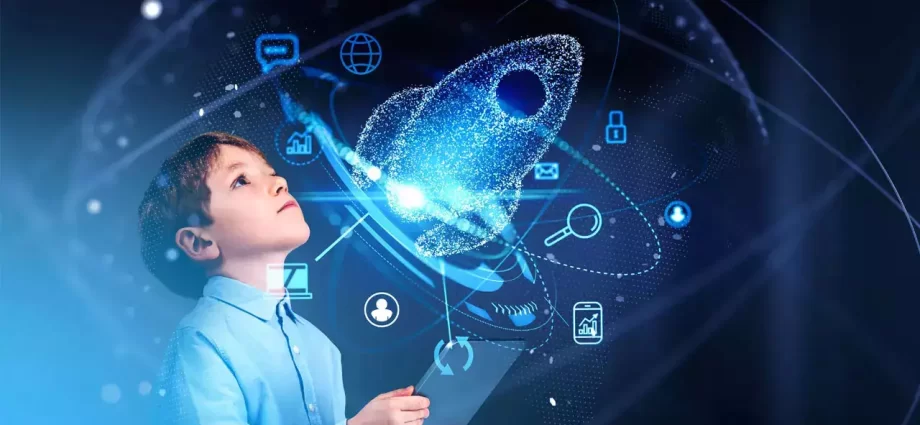Technology is influencing every aspect of our life. But, educators and students should understand how to differentiate technologies that are helpful in learning from those that aren’t.
Young children easily get distracted and find it difficult to concentrate during classes. But, with different forms of educational tools like VR/AR, studying becomes interesting for them.
1. Personalized Learning
As educators become aware that not all students learn the same way or at the same speed, they are encouraging children to use technology to tailor their lessons. This doesn’t mean they are solitary, studying alone in silence; rather, kids can search through a wealth of resources on the internet to deepen their understanding of topics that interest them.
Moreover, digital tools such as learning management systems enable students to receive assignments, communicate with teachers and keep track of their progress. In addition, augmented reality and virtual reality are being used in schools to provide students with immersive learning experiences. This enables them to explore new subjects and enhance their understanding of difficult concepts. Moreover, this also helps them to develop 21st-century skills that they will need in their future careers.
2. Learning at Your Own Pace
Students with different learning capabilities and memorization skills are not able to follow the same pace in the classroom. Technology has helped in overcoming this issue by offering them an opportunity to work at their own speed and catch up with the lessons.
Thanks to education technology, gone are the days when students had to struggle to find valid information for their homework, projects and class assignments. They now have access to a treasure of unlimited information with the help of online resources like tutorial sites, video learning websites, eBooks and other tools.
Furthermore, using educational technology helps students of this generation learn to save paper, which in turn, is helping the environment. Students also gain practical skills that they can apply to their future jobs and careers, such as using the Microsoft Office suite of programs.
3. Connecting With Teachers
Students can connect with teachers and get instant help to solve their problems. This helps them in completing their projects and assignments. Students can also get access to a wide range of educational resources like textbooks, research papers, informational websites, tutorials and guidebooks, videos, and blogs on different topics. This makes learning easier and faster for them.
This is because lessons that are presented in modern ways and contain multimedia content grab the attention of students and keep them engaged. It is much easier to learn when you are interested in it. Plus, using technology to teach also forces teachers to socialize their thinking for a wide audience. This can push them to improve their own practice. And that’s a good thing. This also helps them to realize the limits of their own knowledge, so they can learn more.
4. Supporting Learning Disabilities
Technology allows students with learning disabilities to be part of the classroom in ways they never could before. Word processors can point out spelling mistakes and adaptive readers highlight text for visually impaired students. This means that a student who receives special education will not stand out in class or feel like they have anything to hide from their peers.
The use of technology in education helps keep students engaged by making lessons interesting for them. They can learn hard science concepts or baffling theories through audio-visual examples that they can easily absorb.
The role of technology in education also makes it possible for students to get ready for their future careers. Even if they don’t want to work in tech, having basic skills on Microsoft Office or Google Drive can be very useful for many careers.
5. Boosting Engagement
Technology in schools helps teachers captivate students and keep them interested throughout the academic year. This is possible by introducing new and innovative teaching methods and tools, including gamification. It also lets students collaborate with each other, imbibing leadership and teamwork skills.
Students can access video lectures and other online resources on a digital platform. This means that they can learn at their own pace and even review materials when needed. Moreover, they can use aptitude reports from learning platforms to check their progress on various topics.
Additionally, students can search for additional information online to learn more about a topic that interests them. This makes lessons more interesting and engaging, helping students retain knowledge more easily. This is especially important when studying “boring” subjects.

